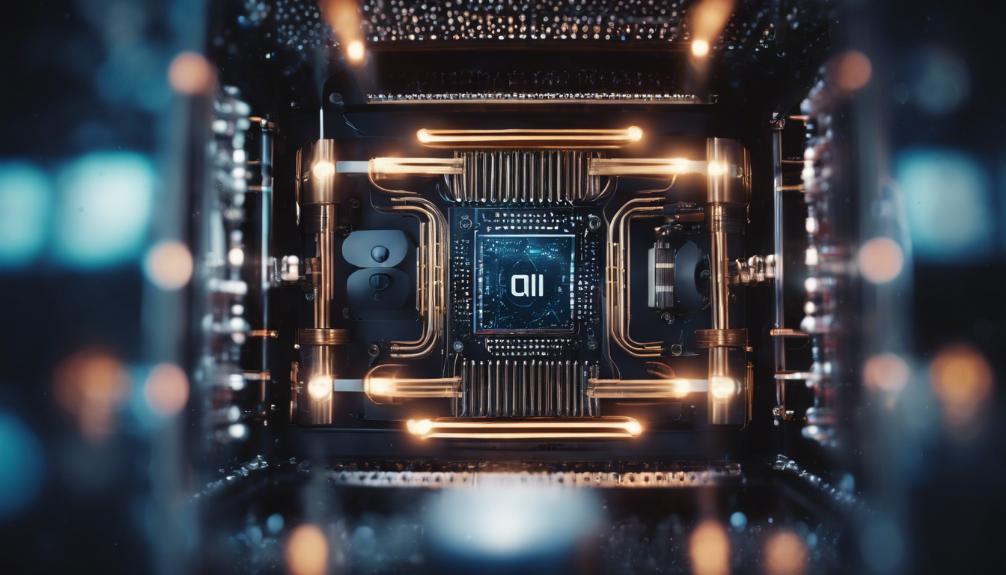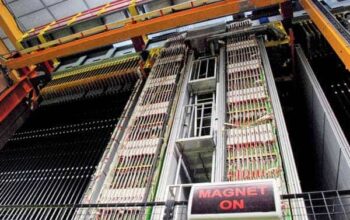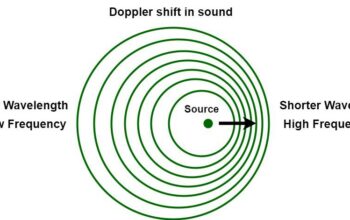When contemplating the intricate workings of quantum computers, one might ponder: how much RAM does a quantum computer possess? This seemingly straightforward question propels us into the fascinating realm of quantum mechanics and computational theory, where traditional definitions of memory and processing capabilities take on novel dimensions. In a landscape dominated by classical computing principles, the concept of RAM—or Random Access Memory—requires reevaluation.
At its core, RAM in classical computing serves as a temporary data storage area that allows for quick access and manipulation of data by the CPU. This memory is pivotal for executing programs and managing operating systems, as it empowers systems to perform multiple tasks concurrently. However, when discussing quantum computers, the notion of RAM is less about storage capacity in gigabytes or terabytes and more about the states of quantum bits or qubits that the system can manage simultaneously.
Firstly, it is imperative to understand that quantum information is fundamentally different from classical information. Classical bits, which represent either a 0 or a 1, are the cornerstone of conventional computing. In contrast, qubits can exist in superpositions of these states, meaning they can represent both 0 and 1 at the same time. This unique property enables quantum computers to process vast amounts of information concurrently, leading one to wonder how we measure a quantum computer’s “memory.”
The concept of logical qubits becomes essential in this conversation. Logical qubits are constructed from physical qubits through error correction schemes aimed at managing the error rates indicative of quantum operations. For instance, a single logical qubit may require several physical qubits to achieve error-corrected states, drastically complicating the idea of memory capacity. Instead of measuring RAM in a quantifiable metric like gigabytes, one might consider how many qubits can be effectively manipulated and stored in any given quantum computing architecture.
This brings us to the two primary architectures of quantum computing: gate-based quantum computers and quantum annealers. Gate-based quantum computers, like those developed by IBM and Google, employ quantum gates to perform operations on qubits. The focus here is on coherence time and gate fidelity; the number of qubits directly correlates with the depth and complexity of algorithms that can be implemented. Therefore, in this context, “how much RAM” translates to the number of qubits available for complex calculations. Google’s Sycamore processor boasts 54 operational qubits—an illustration of the increasing complexity of quantum computation.
On the other hand, quantum annealers, such as those constructed by D-Wave Systems, utilize qubits differently. These systems focus on optimization problems rather than universal computation and exploit a different mechanism for processing information. In this case, the notion of memory is tied to the ability to encode problems effectively within qubit connections, which may not directly align with traditional RAM measurements. Here, the challenge lies in understanding how to efficiently map physical states to real-world problems, an endeavor akin to finding a needle in a haystack.
As we endeavor to quantify the RAM of quantum systems, recent research suggests a trend towards hybrid quantum-classical computing models. As quantum computers mature, integrating classical elements with quantum capabilities could provide a more relatable framework. The interplay between classical memory and quantum processing offers an enticing pathway for developing more powerful computing solutions, yet it introduces its own set of challenges. How do we effectively synchronize the two paradigms, particularly regarding the fundamental isolation of qubit states from environmental noise?
Another important consideration is the scaling of quantum processors. The scalability of quantum systems is paramount and largely determines their future applicability in various fields, such as cryptography, drug discovery, and artificial intelligence. Researchers are exploring novel qubit designs and interconnectivity strategies to expand the operational qubit count while maintaining coherence and reducing error rates. This exploration is akin to traversing uncharted waters; each discovery leads to both exciting opportunities and formidable challenges.
Moreover, memory in quantum computing is not merely about sheer numbers. It encompasses the ability to maintain quantum superpositions and entangled states across multiple qubits. Quantum entanglement—a phenomenon where qubits become interdependent regardless of distance—enhances the computational capacity and reliability of a system. Therefore, one could argue that the metaphorical “RAM” of a quantum computer is rooted in its architecture’s ability to harness these entangled states effectively.
Furthermore, as quantum computers are designed to solve specific classes of problems, they may not exhibit RAM characteristics that align closely with classical systems. Instead of thinking in terms of finite memory limits, envisioning qubits as dynamic components of a larger system capable of parallel processing can reshape our understanding of computational capabilities.
In conclusion, while it may be tempting to analogize the memory of quantum computers to traditional definitions of RAM, this poses a complex challenge deeply intertwined with the foundational principles of quantum mechanics. Rather than a simple answer, the inquiry reveals multi-faceted interactions between qubit architecture, coherence, entanglement, and problem-solving capacity. The journey to define and measure quantum memory may indeed be just as interesting and rewarding as the technology itself. Ultimately, as the field of quantum computing expands, so too will our understanding of its memory capabilities—leading us into an era where computation transcends the classical boundaries we have long adhered to.










